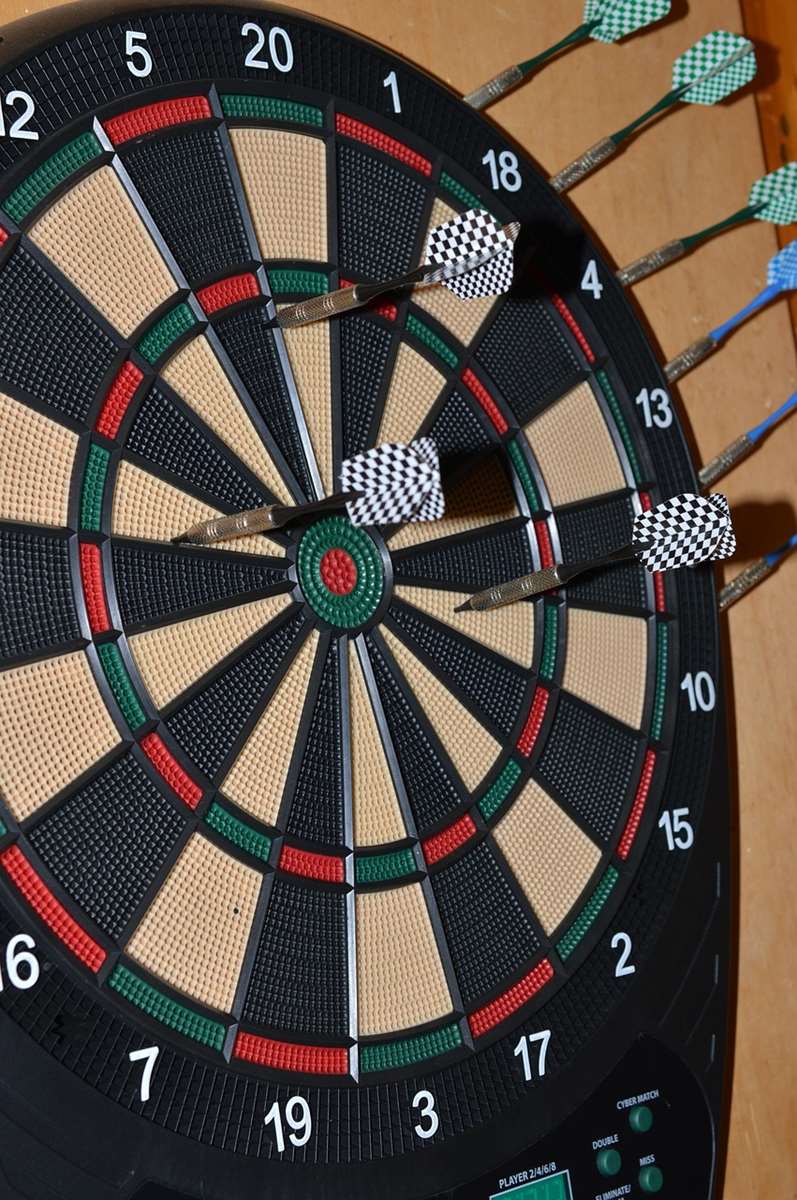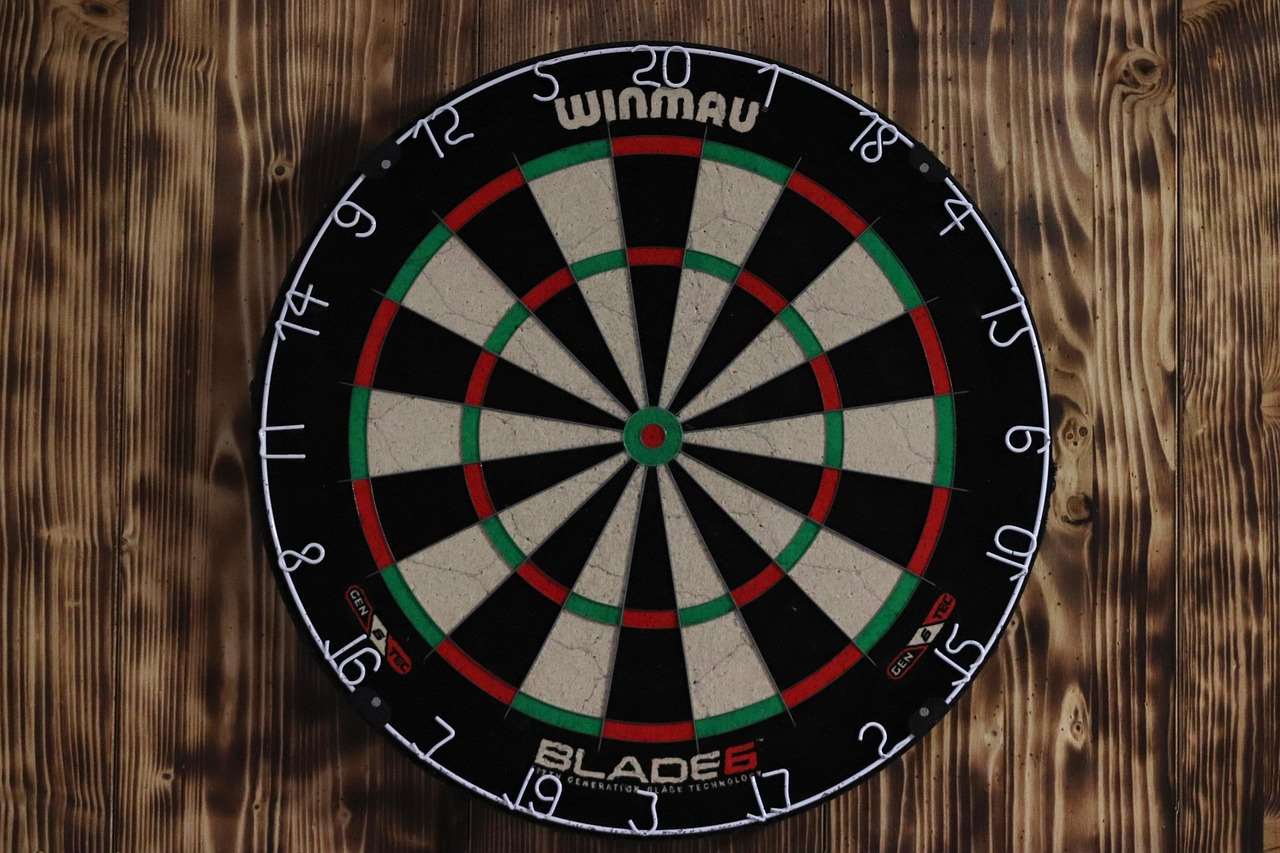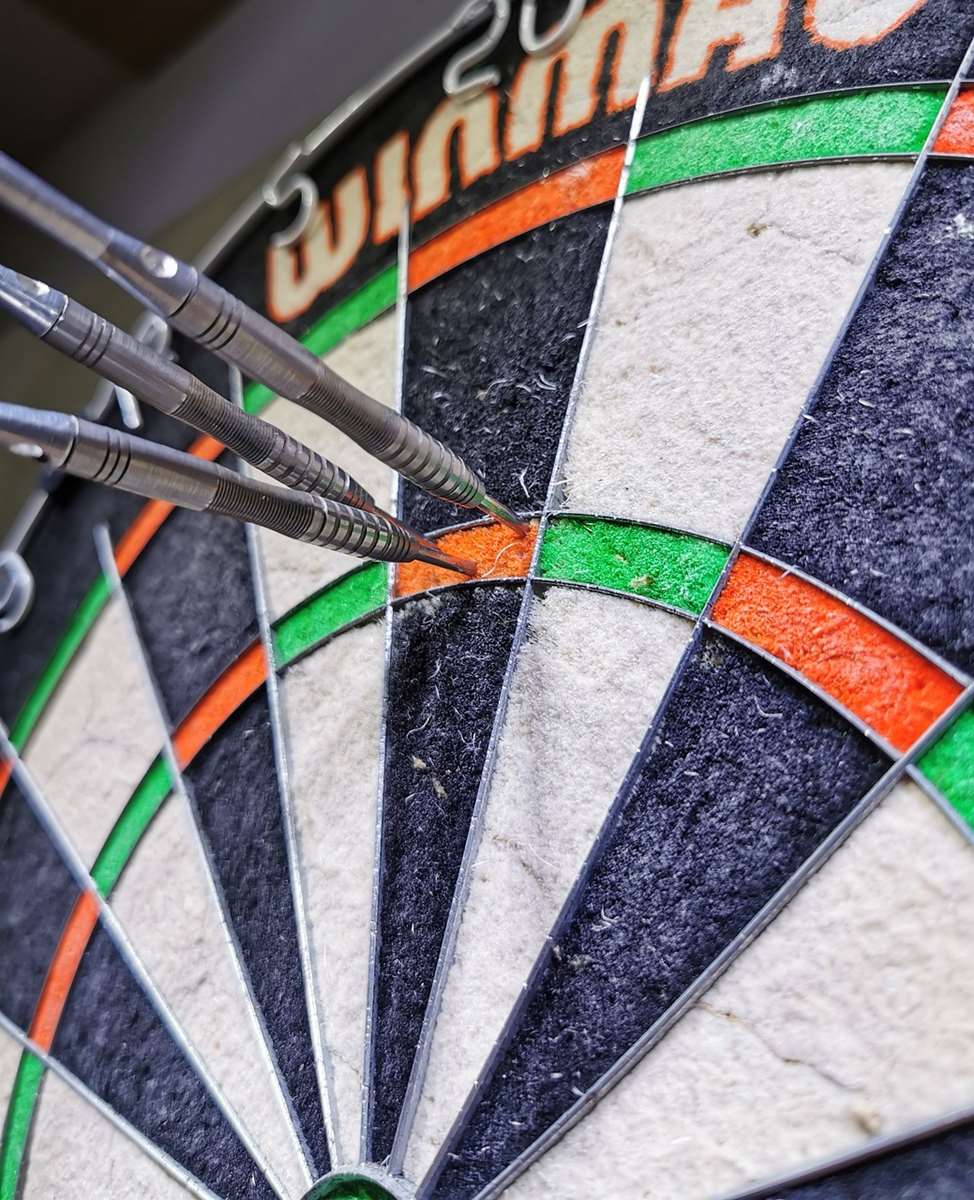Understanding darts puntentelling, or dart scoring, is essential for enjoying and competing in the game. This article breaks down the rules, different scoring variations, and offers tips to improve your checkout game, so you can quickly master the art of darts puntentelling.
⚠️ Still Using Pen & Paper (or a Chalkboard)?! ⚠️
Step into the future! The Dart Counter App handles all the scoring, suggests checkouts, and tracks your stats automatically. It's easier than you think!
Try the Smart Dart Counter App FREE!Ready for an upgrade? Click above!
Mastering Darts Puntentelling: A Comprehensive Guide
Darts puntentelling might seem straightforward at first, but the nuances of the game, particularly around checkouts and variations, require a deeper understanding. Whether you’re a beginner just learning the basics or an experienced player looking to refine your strategy, this guide will provide you with the knowledge you need to excel at darts puntentelling.

The Fundamentals of Darts Puntentelling
The standard game of darts, often referred to as ‘501’ (or sometimes ‘301’ for shorter matches), begins with each player starting with 501 points. The goal is simple: reduce your score to exactly zero. The last dart thrown must land on a double or the bullseye to win – this is known as a ‘double out’. Exceeding zero, even by one point, is a ‘bust’ and your score returns to what it was at the start of that turn. Understanding this fundamental rule is crucial for strategic darts puntentelling.
Understanding the Dartboard
The dartboard is divided into several sections, each with a specific point value:
- Single Numbers: The large sections are worth the number indicated.
- Doubles: The outer ring doubles the value of the number.
- Triples: The inner ring triples the value of the number.
- Bullseye: The outer bull (green) is worth 25 points.
- Double Bullseye: The inner bull (red), also called the “bull,” is worth 50 points and counts as a double for checkout purposes.
Knowing these values by heart is essential for rapid darts puntentelling during a match. Practicing your multiplication tables, specifically for numbers 1-20, can significantly improve your speed and accuracy in calculating your remaining score.
Calculating Your Score: A Step-by-Step Guide
Efficient darts puntentelling involves quickly calculating the value of each dart and subtracting it from your remaining score. Here’s a breakdown:
- Identify the Scoring Section: Determine whether your dart landed in a single, double, triple, or bullseye section.
- Multiply Accordingly: If it’s a double, multiply the number by two; if it’s a triple, multiply by three. The bullseye is worth 50, and the outer bull is worth 25.
- Subtract from Remaining Score: Deduct the calculated score from your current total.
- Track Your Score: Use a scoreboard or a Dart game scoring app to keep track of your score throughout the game.
Consistent practice will allow you to perform these calculations quickly and accurately, giving you a competitive edge. The darts checkout practice sessions you incorporate will help you refine your calculations even further.
Strategic Darts Puntentelling: Planning Your Checkout
Strategic darts puntentelling extends beyond simply adding up your score; it involves planning your checkout strategy. Knowing which combinations of throws will leave you on a double is crucial for winning the game. The most common checkout numbers are between 170 and 40, but understanding how to checkout from any number is key to becoming a skilled player.
Common Checkout Combinations
Here are some of the most common and effective checkout combinations:
- 170: T20, T20, Bullseye
- 167: T20, T19, Bullseye
- 164: T20, T18, Bullseye
- 161: T20, T17, Bullseye
- 160: T20, T20, D20
- 100: T20, D20, single 20
- 40: D20
Memorizing these combinations and practicing them regularly can drastically improve your chances of a successful checkout. Also, consider strategies for leaving yourself on these numbers if your initial throws don’t go as planned. Mastering the dartboard bullseye colour will further enhance your strategic planning.

The Importance of the ‘Double Out’
Remember, you must finish the game on a double or the bullseye. This “double out” rule adds another layer of strategy to darts puntentelling. Aiming for numbers that leave you on a double, such as 32 (D16), 40 (D20), or 50 (Bullseye), is crucial for successful checkouts. Failing to hit the double will result in a bust, giving your opponent a chance to catch up.
Variations in Darts Puntentelling
While 501 is the most common version of darts, there are other variations that utilize different darts puntentelling systems. Here are a few examples:
- 301: A shorter version of 501, often used for quicker matches. The same rules apply, but the starting score is 301.
- Around the Clock: Players must hit each number on the board in sequence, starting with 1 and ending with 20, and then the double and triple of 20, and finally the bullseye.
- Cricket: A strategic game focusing on scoring points and closing out numbers. Players must hit each number (20, 19, 18, 17, 16, 15, and bullseye) three times to “open” it. Once opened, they can score points on that number until their opponent also closes it out.
Each variation requires a slightly different approach to darts puntentelling, offering diverse challenges and opportunities for players to develop their skills. Consider exploring these different variations to expand your darting repertoire.

Tips for Improving Your Darts Puntentelling Skills
Improving your darts puntentelling skills requires practice, strategy, and a solid understanding of the game’s rules. Here are some tips to help you enhance your performance:
- Practice Regularly: Consistent practice is key to developing your accuracy and speed in calculating scores.
- Memorize Checkout Combinations: Learn the common checkout combinations and practice them until they become second nature.
- Develop a Checkout Strategy: Plan your throws to leave yourself on a double for the checkout.
- Track Your Progress: Use a scoreboard or darts scoring app to monitor your scores and identify areas for improvement.
- Analyze Your Games: Review your past games to identify patterns and mistakes, and learn from them.
- Watch Professional Players: Observe how professional dart players approach darts puntentelling and checkout strategies.

Avoiding Common Mistakes in Darts Puntentelling
Even experienced players can make mistakes in darts puntentelling, especially under pressure. Here are some common errors to avoid:
- Miscalculating Scores: Double-check your calculations to ensure accuracy, especially when close to the checkout.
- Busting Your Score: Be aware of your remaining score and avoid throwing a dart that will take you below zero.
- Ignoring Checkout Opportunities: Don’t miss opportunities to checkout if you have a favorable combination available.
- Failing to Adapt Your Strategy: Be prepared to adjust your strategy based on your opponent’s performance and the current game situation.
By being mindful of these common mistakes, you can minimize errors and improve your overall darts puntentelling performance.
Advanced Darts Puntentelling Strategies
Once you’ve mastered the basics of darts puntentelling, you can explore more advanced strategies to gain a competitive edge. These strategies often involve complex calculations and a deep understanding of the game’s dynamics.
Using Averages and Doubles Percentage
Tracking your averages (points per dart) and doubles percentage can provide valuable insights into your performance. A higher average indicates better scoring consistency, while a higher doubles percentage reflects your ability to checkout effectively. Analyze these statistics to identify areas where you can improve your game. This is the best way to start improving your target darts new launch experience.
Playing the Percentages
Playing the percentages involves choosing the most statistically likely option to maximize your chances of success. For example, if you have a score of 81 remaining, aiming for T17 (51) and then D15 (30) might be a higher percentage play than aiming for T20 (60) and hoping to hit a single 21. Oche darts line distance will have an impact on these choices.

Mental Game and Pressure Management
Darts puntentelling isn’t just about math; it’s also about mental fortitude. Learning to manage pressure and stay focused during critical moments is crucial for consistent performance. Develop mental strategies such as visualization, positive self-talk, and deep breathing to help you stay calm and composed under pressure.
Conclusion: Mastering the Art of Darts Puntentelling
Mastering darts puntentelling is essential for success in the game. By understanding the fundamentals, practicing your calculations, developing strategic checkout plans, and avoiding common mistakes, you can significantly improve your performance. Remember to track your progress, analyze your games, and continually refine your skills. So, grab your darts, practice your darts puntentelling, and aim for the bullseye!
Ready to take your darts game to the next level? Start practicing those checkout combinations today and watch your scores improve!
Hi, I’m Dieter, and I created Dartcounter (Dartcounterapp.com). My motivation wasn’t being a darts expert – quite the opposite! When I first started playing, I loved the game but found keeping accurate scores and tracking stats difficult and distracting.
I figured I couldn’t be the only one struggling with this. So, I decided to build a solution: an easy-to-use application that everyone, no matter their experience level, could use to manage scoring effortlessly.
My goal for Dartcounter was simple: let the app handle the numbers – the scoring, the averages, the stats, even checkout suggestions – so players could focus purely on their throw and enjoying the game. It began as a way to solve my own beginner’s problem, and I’m thrilled it has grown into a helpful tool for the wider darts community.